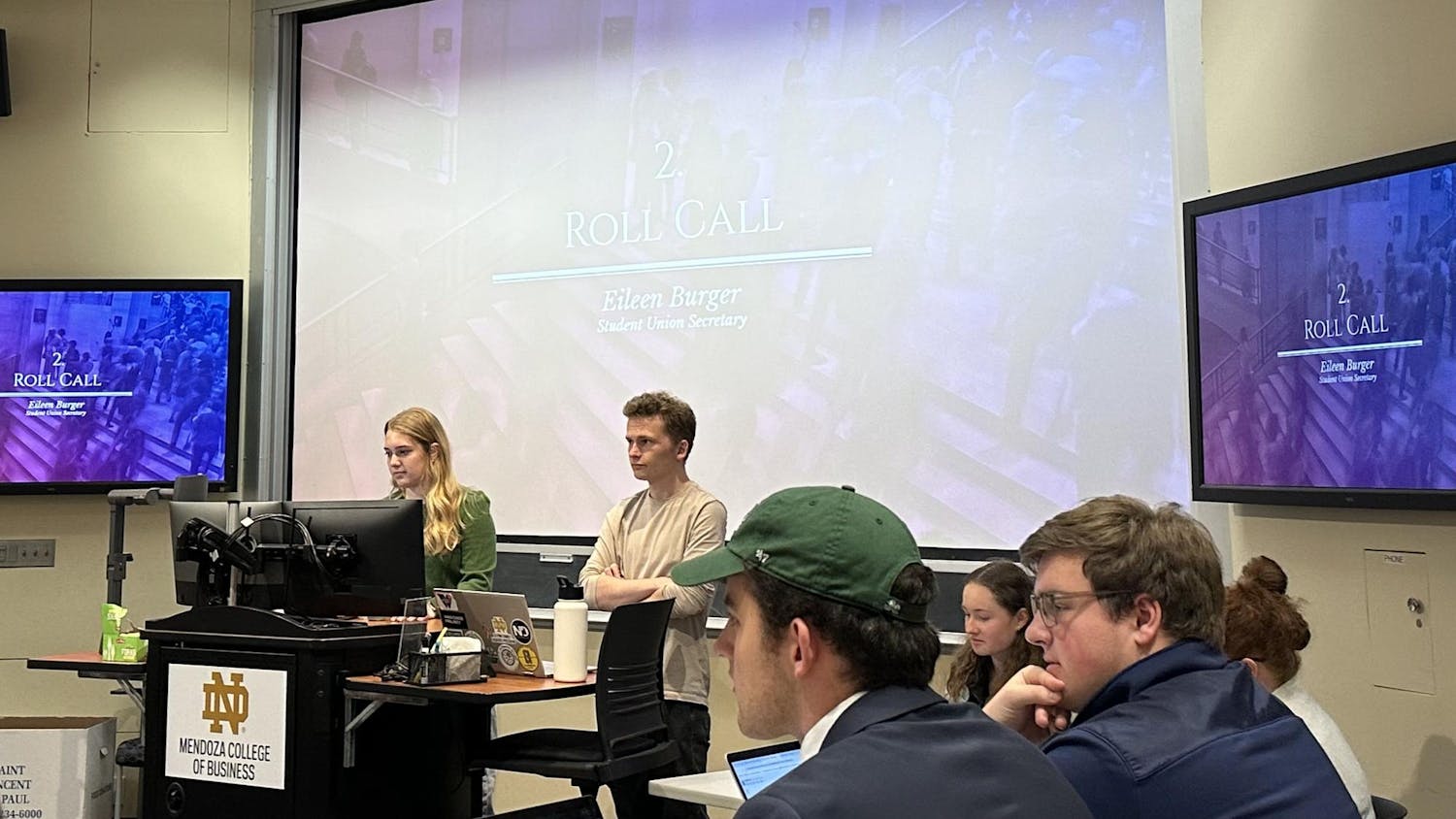Professor and astrophysicist Vini Placco gave a lecture Tuesday on the chemical composition of stars and how scientists can determine it.
The talk was the second in a new lecture series titled “Our Universe Revealed.” According to the series’ homepage, the talks intend to “make physics accessible to all” by explaining phenomena of our universe in language that is easy to understand. Placco’s talk focused on the phenomena of stars, and specifically, on what they are made of.
“There are 20 billion trillion stars in the universe,” he said. “ … That’s roughly 10 thousand stars for every grain of sand on our planet. So when you think about our place in the universe and how big and how small the universe really is, think about that number.”
Placco said determining what exactly those stars are made of is difficult because they don’t give scientists much to work with.
“The only piece of information we can get from stars is light,” he said.
According to Placco, nuclear reactions occurring in the center of stars convert hydrogen to helium, and release energy as a by-product.
“[That energy] interacts with the atmosphere and shines through as the light we see,” he said. “ … So the next part is, how do you determine the chemical composition by analyzing only light?”
To answer that question, physicists and astronomers use stellar spectroscopy — Placco said this works exactly like a rainbow.
“What’s happening [in a rainbow] is the white light from the sun comes and hits some water droplets, and we have reflections and refractions and light phenomenon happening inside those droplets,” he said. “The light gets dispersed, and we see the different colors of light bend different ways and form this really nice rainbow. … That’s exactly the principle we use in stellar spectroscopy to determine the chemical composition of stars.”
Except instead of using water droplets, scientists use prisms inside of massive telescopes. According to Placco, these prisms reflect the star’s light, and specialized equipment inside the telescope records the resulting rainbow as an absorption spectrum.
“There are some black spots [on the spectrum], and they are actually fingerprints of the chemical elements present in a star,” Placco said. “So we know from physics and nuclear physics that each and every one of those black spots are traces of chemical elements. … If you are able to measure and identify which ones are which, we can actually determine the chemical composition of the star.”
The position of the spots on the spectrum can indicate what elements are present in a star, and the thickness of the spot can indicate each chemical’s abundance, according to Placco.
“That’s what we did for the sun, and that’s what we do for all the stars,” he said.
Placco said all the elements in the periodic table are found in the sun. These elements aren’t generated by the sun itself, but rather they were created during supernovas, when massive stars explode.
“Most of the elements are newly formed in that explosion, and when they are formed, they are just thrown into the interstellar media,” he said. “Then a gas cloud will come together and form the next generation of stars, like our sun.”
Placco ended his presentation with a quote from astrophysicist Carl Sagan: “For small creatures such as we, the vastness is bearable only through love.”
“Our Universe Revealed” lectures occur every other Tuesday. The next talk will feature Dr. Daniela Carollo on Nov. 10, discussing “Galactic Archeology: Stellar fossils reveal the ancient past of our Universe.”













